The Provincial People's Committee has just issued a plan to prevent and control livestock and poultry diseases (GSGC) in the province in 2024. Thereby, it aims to strengthen the prevention and control of GSGC diseases, minimize the damage caused by animal diseases, contribute to stabilizing and developing production and ensuring food safety for the community.
The goal of the plan is to proactively implement disease prevention and control measures, prevent the development of animal diseases in the area, especially African swine fever, lumpy skin disease in cattle, avian influenza, blue ear disease, foot-and-mouth disease in cattle, rabies in animals and other animal diseases. The Provincial People's Committee requires that disease prevention and control work must have close and synchronous coordination between all levels and sectors from the province to the grassroots, mobilizing the entire political system, organizations and the entire population to implement. Prepare adequate human resources and equipment necessary for disease prevention and control; organize monitoring, early, accurate and timely detection of disease situations, and be ready to respond when epidemics occur. Vaccinate 100% of GSGC who are required to be vaccinated according to regulations.
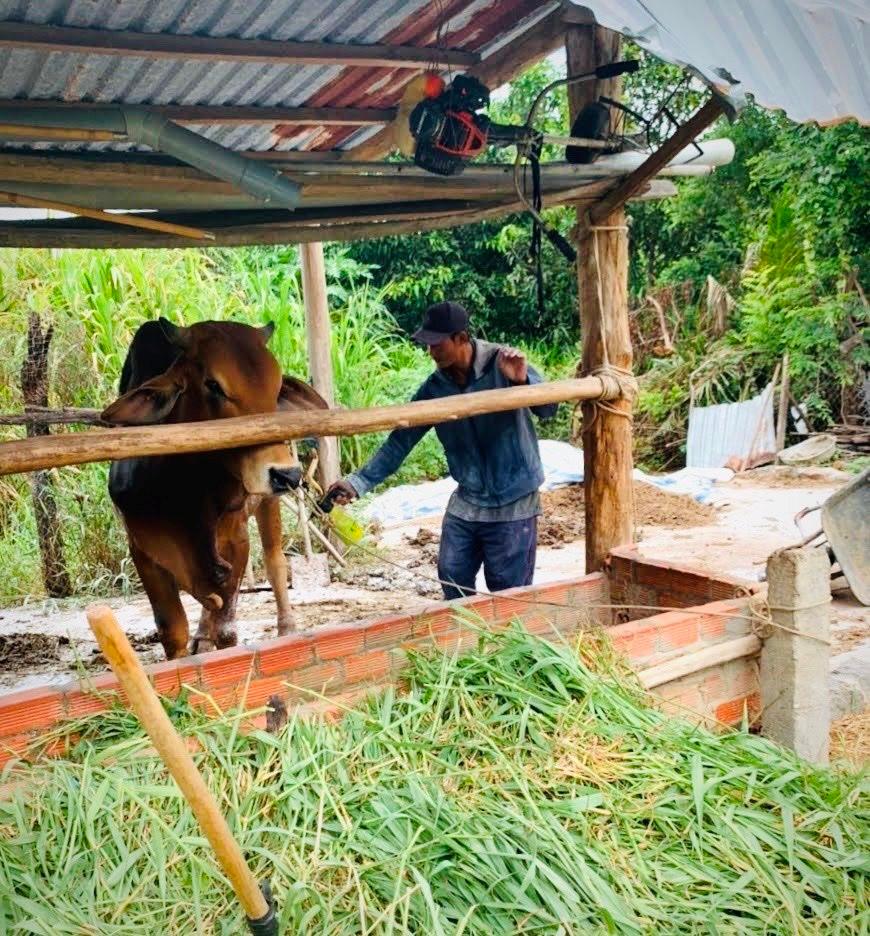
According to the plan of the Provincial People's Committee, in 2024, the whole province will vaccinate against foot-and-mouth disease in buffaloes and cows with the need for the first vaccination in 2024 being 98,200 doses (April - May); the second vaccination in 2024 is 141,200 doses (October - November). In 2024, the number of buffaloes and cows vaccinated in the whole province is expected to be 19,750, with the need for 19,750 doses. In addition, the number of poultry vaccinated against avian influenza is expected to be 346,000 chickens and 800,000 ducks, with the total need for 1,680,000 doses/0.5ml. Particularly, lumpy skin disease vaccine for buffalo and cows with an expected quantity of 141,200 animals with a vaccine demand of 141,200 doses.
The implementation funding comes from the provincial budget and the budgets of districts, towns and cities within the 2024 budget estimates assigned to the sector and localities. In particular, the provincial budget ensures funding for GSGC disease prevention and control activities, including funding for purchasing disinfectants and protective equipment for disease prevention and control; funding for organizing passive disease surveillance sampling and post-vaccination surveillance; information and propaganda on disease prevention and control; inspection, supervision and conferences on disease prevention and control of terrestrial animals at the provincial level. The district budget ensures funding for disease prevention and control of terrestrial animals in the locality.
The Provincial People's Committee assigned the Department of Agriculture and Rural Development to preside over and coordinate with departments, branches and localities to effectively implement the plan. Implementation solutions are deployed before, during and after the epidemic. In particular, it is necessary to strengthen inspection, monitoring and urging the implementation of epidemic prevention and control measures from the province to the grassroots level. People's Committees of districts, towns and cities develop plans to prevent and control the epidemic of GSGC in the locality to be ready to respond in all situations when an epidemic occurs...
K. HANG
Source



![[Photo] Closing ceremony of the 18th Congress of Hanoi Party Committee](https://vphoto.vietnam.vn/thumb/1200x675/vietnam/resource/IMAGE/2025/10/17/1760704850107_ndo_br_1-jpg.webp)







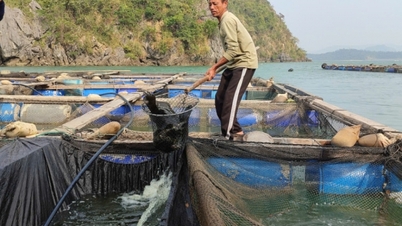
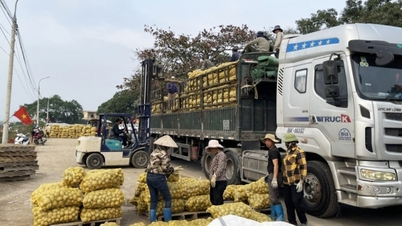
















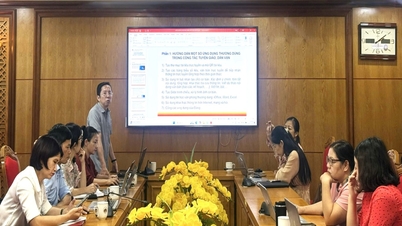


![[Photo] Nhan Dan Newspaper launches “Fatherland in the Heart: The Concert Film”](https://vphoto.vietnam.vn/thumb/1200x675/vietnam/resource/IMAGE/2025/10/16/1760622132545_thiet-ke-chua-co-ten-36-png.webp)



















































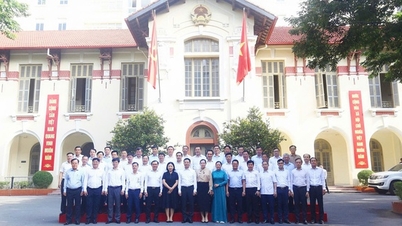












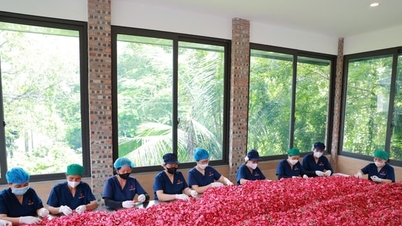












Comment (0)